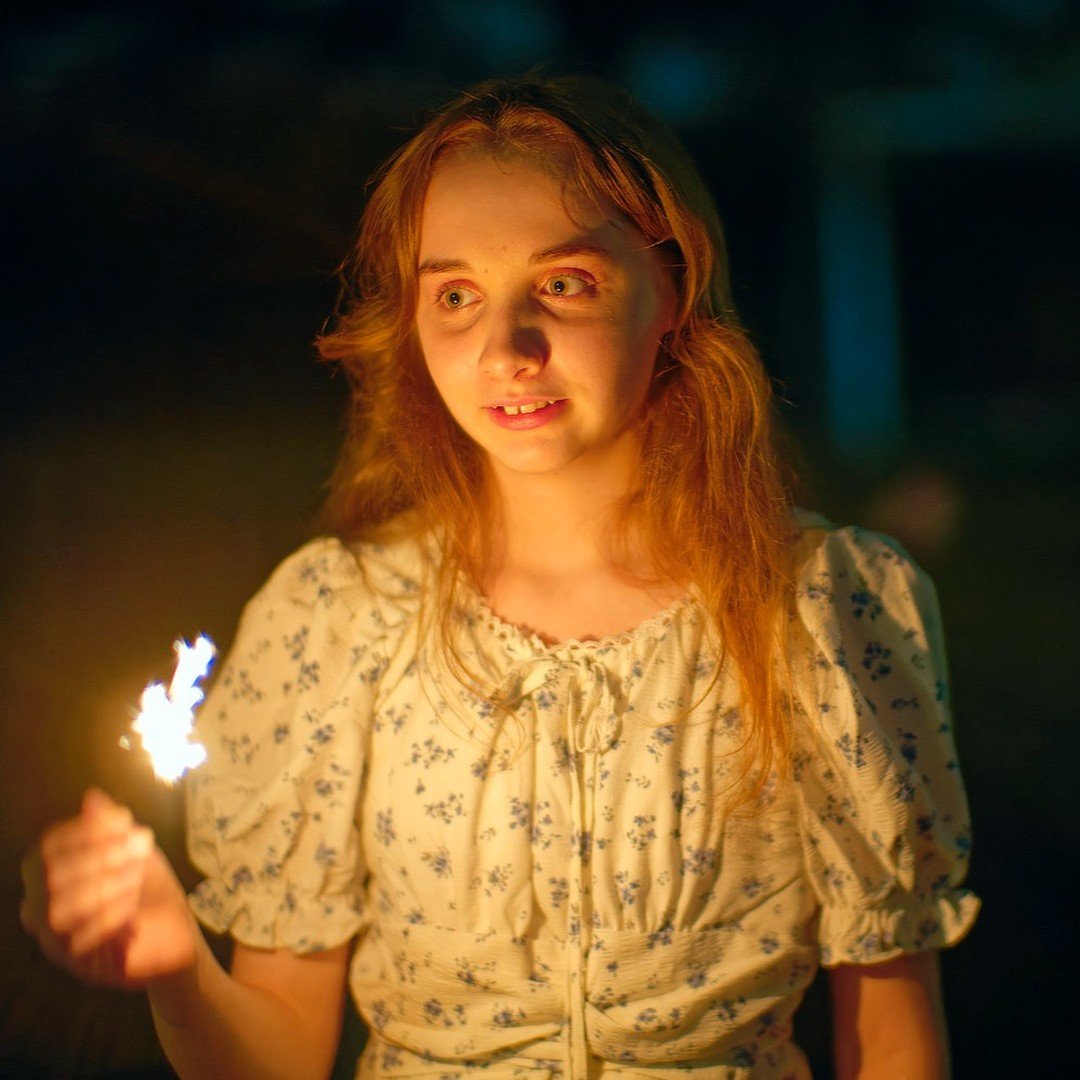| Panasonic 7-14mm | Panasonic 8-18mm | Olympus 7-14mm | Laowa 7.5mm |
|
Acuity: 86.5% |
Acuity: 72.4% Bokeh: 60% Geometry: 72.9% Light Handling: X Shot-Grabbing: 45% Light-Gathering: 40% Overall: 67.5% |
Acuity: 72.4% |
Acuity: 65.2% |
At 7mm, the Panasonic 7-14mm f4 is at the peak of its performance. Broadly, this lens was built for resolution: it’s conspicuously sharper than the Olympus Pro lens in the extreme corners. However, it’s not well corrected for geometric distortion or chromatic aberration and the coatings and internal design aren’t optimal. It’s an old design, and not expensive for the performance it delivers.
Leica’s take on the M43 ultrawide – the Panasonic 8-18mm f2.8-4.0, offers a glimmer of extra light gathering at the wide end: for the purpose of surveying performance at 8mm, we can consider this an f2.8 lens. It’s a much younger design (200X v 200X), and offers the advantage of a XXmm screw-on filter. However, 8mm is not 7mm, and there will be situations when 16mm-equivalent just isn’t wide enough, and you may crave the extra coverage of its rivals.
The Olympus 7-14mm f2.8 Pro is larger and heavier than the other two combined and in some respects it offers the best of both Panasonic lenses. However, 7mm / f2.8 is its weakest point. Extreme corners in real-world situations are problematic at most apertures – manly because of its knotty field curvature. Its excellent center-frame resolution extends well into the mid-zone – only wilting in the outer image circle. For video work, where letterbox formats matte out these areas, you won’t see its Achilles’ heel. (See video crop diagram).
The Laowa 7.5mm f2 is astonishing small. It almost seems too wee: one wonders at the lens Laowa could have made if they hadn’t been preoccupied with such a fool’s errand. It’s commendably sharp at all apertures centre frame, and turns in a decent corner by f4. However, there’s 2-4 stops of vignetting at all apertures – even f8. Chasing a dubious Holy Grail of miniaturisation costs dearly: with already high levels of sensor noise, we simply can’t afford to push every corner of every image by 3 or more stops. So forget this lens for HiRes stills. But for 16:9 or wider video, 4:3 corners are invisible. At 7.5mm / f2, if your subject is more than 2m away, everything is pretty much in focus anyway – the loss of AF is irrelevant – and with a precious extra stop of light to play with, this little lens will uniquely fill a very specific niche. But it’s still pointlessly bijou.
Pixel Peeps
—
Light Handling
Laowa 7.5mm f2: 7.5/10
Predictably, at their widest aperture, none of these lenses are capable of starburst rendition. However, at f5.6 at smaller apertures, its 7-bladed aperture gives moderately well defined 14-point stars each of whose radial (diverging) spokes is divided into seven finer striations. This is a commendable performance (7.5/10). The Laowa controls veiling flare well (7/10). Stopped down, cross-frame ghosting is well controlled (8/10) but at f2 there are large parabolic rainbows around strong light sources (2/10). Bokeh balls are smoothly circular at all apertures (9/10). No other lens under 10mm is as capable for low-light shooting, but beware freaky multicoloured halation at f2.
Olympus 7-14mm f2.8 Pro:
Unusually for a M43 zoom, the Olympus 7-14mm is capable of starbursts. In fact, from f8-f11 they are textbook Olympus: 14-pointed monolithic converging. Very pretty (8.5/10). For a higher mark, it would be nice to see them at wider apertures.
















